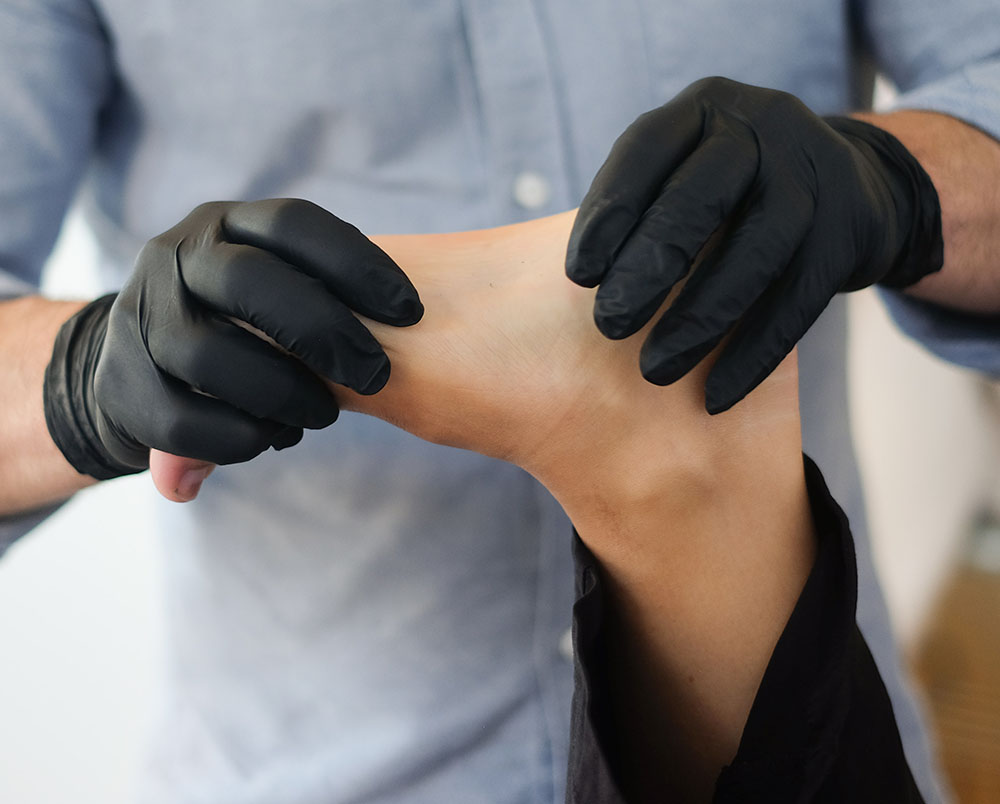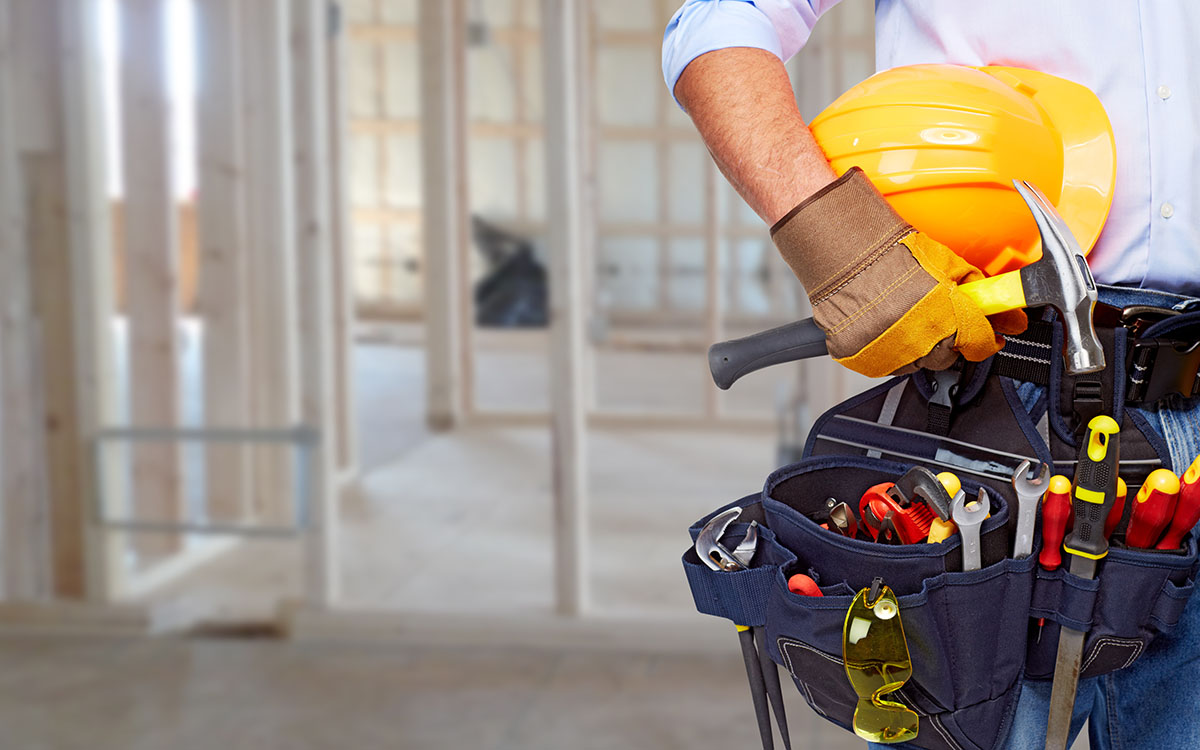Achilles tendinopathy is a common condition that affects the Achilles tendon, which connects your calf muscles to your heel bone. It can cause pain and stiffness in the affected area, making it difficult to walk or perform daily activities. Fortunately, physiotherapy can be an effective treatment option for Achilles tendinopathy.
What is Achilles Tendinopathy?
Achilles tendinopathy is a condition that results from overuse or repetitive stress to the Achilles tendon. This can cause the tendon to become inflamed, swollen, and painful. It can also lead to the development of microtears in the tendon, which can further exacerbate the condition.
Symptoms of Achilles Tendinopathy
The most common symptom of Achilles tendinopathy is pain in the Achilles tendon. This pain can range from mild to severe and may be felt in the heel, ankle, or calf. Other symptoms may include stiffness in the affected area, swelling, and a feeling of weakness in the leg.
Treatment for Achilles Tendinopathy
There are several treatment options available for Achilles tendinopathy, including physiotherapy. Your physiotherapist will work with you to develop an individualized treatment plan based on your specific needs and symptoms. Some of the most common physiotherapy treatments for Achilles tendinopathy include:
- Eccentric exercises: These exercises involve lowering the heel slowly while standing on the edge of a step. This can help to strengthen the Achilles tendon and reduce pain.
- Massage therapy: Massage therapy can help to increase blood flow to the affected area, which can promote healing and reduce inflammation.
- Stretching: Stretching exercises can help to improve flexibility in the calf muscles and reduce tension on the Achilles tendon.
- Rest and ice: Rest and ice can help to reduce pain and inflammation in the affected area.
In some cases, surgery may be required to treat severe cases of Achilles tendinopathy. Your physiotherapist will work closely with your healthcare provider to determine the best course of treatment for your individual needs.
Conclusion
Achilles tendinopathy can be a painful and debilitating condition, but with the right treatment, it can be effectively managed. Physiotherapy is an excellent treatment option for Achilles tendinopathy, and can help to improve your symptoms and overall quality of life.
If you are experiencing pain or stiffness in your Achilles tendon, don’t hesitate to seek our help with one of our qualified physiotherapists or call 9815 2555 .




